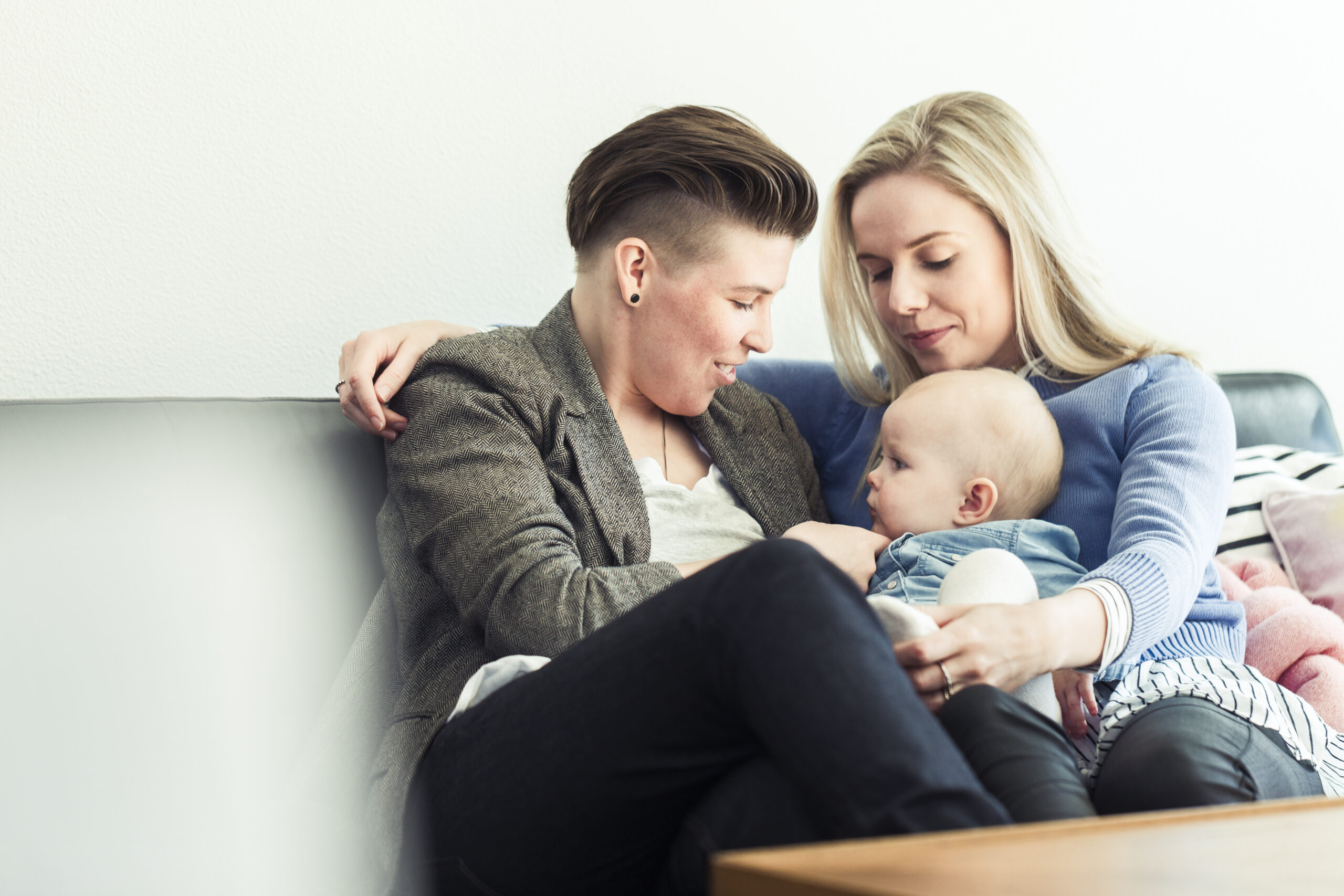All children in foster care are unique. There are numerous types of foster care. Some may be more suitable for you and your family than others. In this blog, we’ll help you understand what kind of foster care is right for you.
Emergency foster care
When some children come into care, they’ll need a safe place to live while the Department of Child Safety investigates and assesses their home life with their parents. This intensive work can occur over a period of days, weeks and sometimes months.
During this period, they may be placed with emergency carers. The Department of Child Safety will also try to investigate whether the child(ren) have any other family members who could safely care for them, if they’re unable to return home.
Often, when children are first removed from their parents and placed into an emergency placement, we don’t have a lot of information to provide carers about them. It’s important that emergency carers are prepared to deal with some levels of uncertainty. Ideally, they should have some patience and be able to spend the time getting to know the children who have been placed with them. They should be able to manage complex behaviours, triggers and how to best support children through significant change.
Learn more about emergency foster care here.
Primary care placements
Sometimes the biological parents of children in care need a bit more time to achieve reunification. So, some children will need a placement for one to two years. The role of a primary foster carer is to support the child(ren) during this time so they can have a safe and stable place to call home. There is never a set time-frame for how long these placements will last. It all depends on whether the biological parents and Department of Child Safety are satisfied that the child can safely return home.
There will be some instances where a child might require a placement for a longer period of time, sometimes until they’re 18 but this could include up to the age of 21. This is called a long-term placement, and it’s only considered after all efforts that have been made to support parents to have their children returned have been unsuccessful. Parents are given two to three years to address child protection concerns. If this cannot be achieved, long-term care is considered. Long-term carers must still be supportive of reunification in the early years of a placement, but also able to support children until they’re 21 if this doesn’t work out and a long-term order is granted.
Even when a child has been granted a long-term order, it’s still important that they maintain a connection to their wider biological family. This is what makes long-term care different to adoption. These types of foster carers must be willing to support their children to have an ongoing connection to their families.
Learn more about short-term foster care here or click here for more information about long-term foster care.
Respite placements
Respite placement is ideal for carers who lead busier lives and don’t want to commit to full-time caring. These carers provide breaks for carers who have primary placements. This arrangement can occur on a regular, planned or emergency basis.
Respite carers may look after foster children over the weekend, a few days a month, during the school holidays, when the primary carer is unwell or has a family emergency, or when the primary carer needs to go on holiday.
Read Alan’s story about his experience with respite care.
Learn more about respite foster care here.

So, how do you know what will work for you?
When starting out with your application, we’ll talk to you about what type of care might be best for you.
Some people like to start as respite carers. Then, at any stage they might become more open to providing primary care. However, it all depends on their capacity to provide time and attention to children. We work with carers to to make sure that fostering is right for their lifestyle.
Your foster care agreement will outline the different types of placements that you’re available for. This is all part of the placement matching process. When matching you we’ll also consider the following factors:
- your circumstances
- placement preferences
- location
- cultural background
- the age of any children already living in your home
- the needs of the child(ren) you’ll be caring for.
Read Julie’s story about her foster care journey.
For more information on foster care, including inspiring foster carer stories, download our Foster Care Information Kit.
